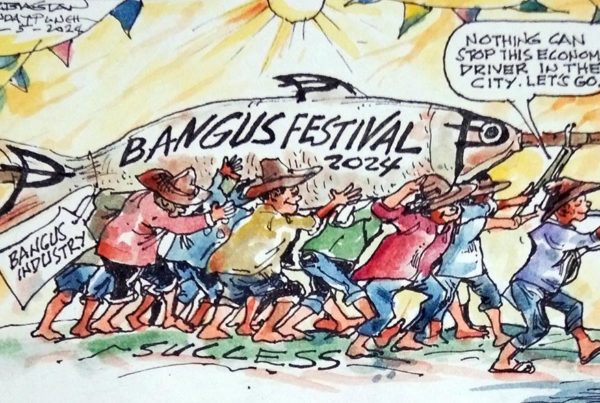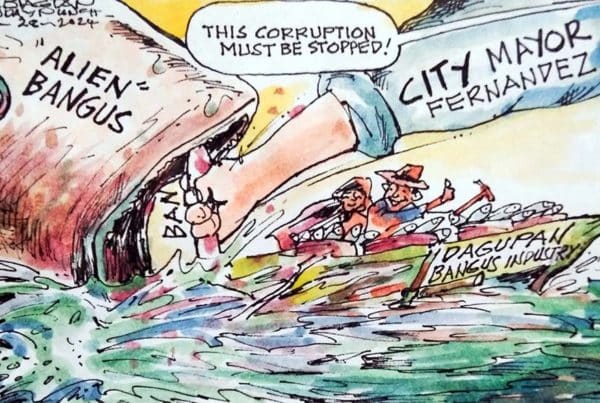Editorial
SOS for Emong’s victims
HOW ironic that on the week our country was hosting the Voluntary Demonstration of Response (VDR) on Disaster Relief for the Association of South East Asian Nations (ASEAN), a major calamity would, once again, hit the Philippines, with the first district of our province bearing the biggest brunt of the typhoon. The VDR, a civilian-led and military-supported exercise, is intended to strengthen cooperation among ASEAN members in terms of extending assistance for relief operations during major calamities.
Typhoon Emong is definitely one major disaster. Based on data from the National Disaster Coordinating Council (NDCC) as of May 14, one week after the typhoon, 412,380 people have been affected, of which 250,407 are from Pangasinan. More than half of the 40,210 damaged houses are in the first district towns of Anda, Bolinao, Infanta, Mabini, Bani, Sual, Agno, Dasol and Burgos as well as the city of Alaminos, home of the Hundred Islands National Park (even the sturdy tourism complex at the jump-off point into the islands had its roof blown off). On damages in infrastructure and agriculture, estimate is so far at almost P1 billion and almost 70% of that was suffered by Pangasinan, mostly by the bangus industry.
While District 1 was immediately placed under a State of Calamity, giving the affected areas access to relief funds, the money is hardly adequate for the short-term needs of the victims. And more significantly, there is an even bigger requirement for the long-term rehabilitation of homes, schools, other public infrastructures, and livelihood structures.
In the immediate aftermath of Emong, the victims of course need food and water as well as building materials to help them get their homes standing again. In the longer term, people do need to plan for sturdier homes. And as they work to put their lives back together again, they need help in the form of soft loans and subsidies from government for the repair, reconstruction and refilling of fish farms.
As major calamities hit different parts of our country perhaps all too frequently, year-round and year-in, year-out, we hear and read of similar accounts of tragedies but these should not make anyone numb to the communities’ sufferings. Wounds are always fresh and losses are unique among victims of each calamity and their suffering could never be compared with previous ones.
In every disaster, help is always needed. Templates for such contingencies are, therefore, essential if timely responses are to be expected each time. Perhaps this latest calamity could serve as a good test case for the ASEAN’s VDR and the humanitarian spirit in all of us.
Share your Comments or Reactions
Powered by Facebook Comments











